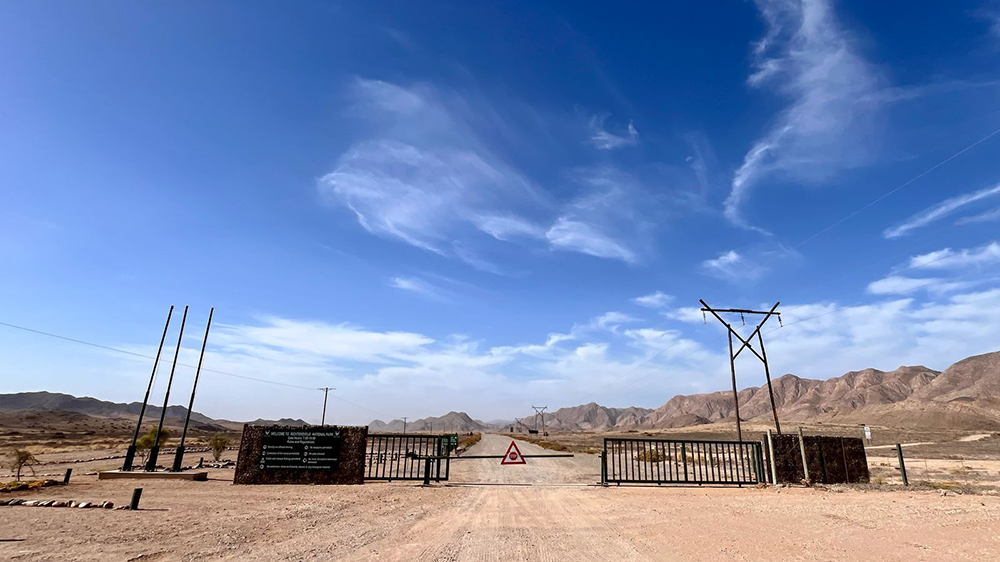
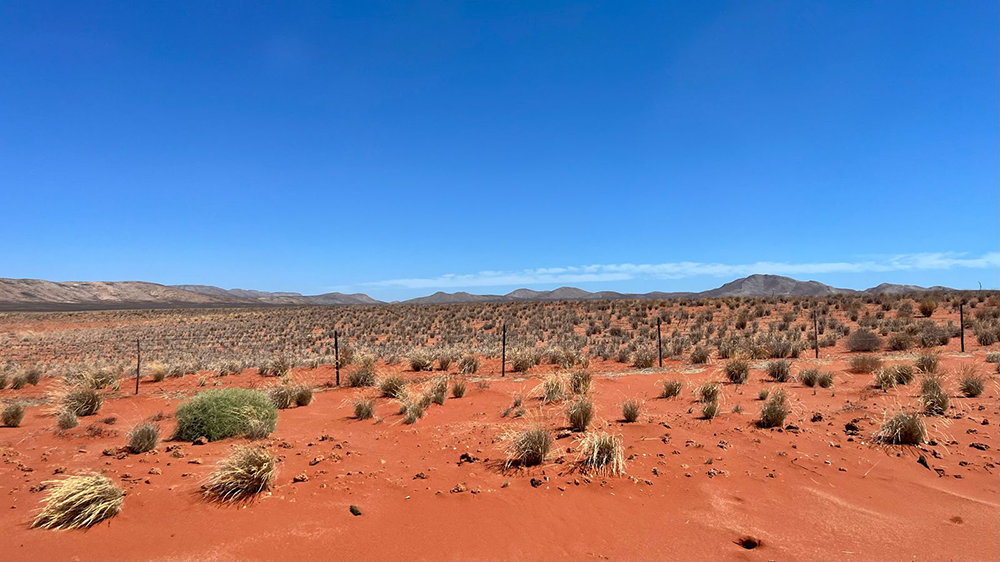
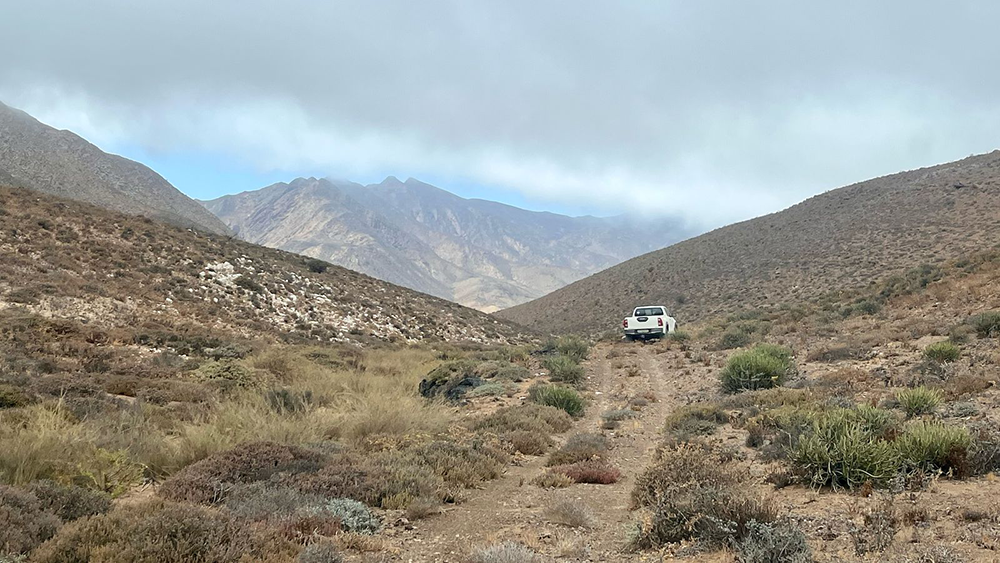
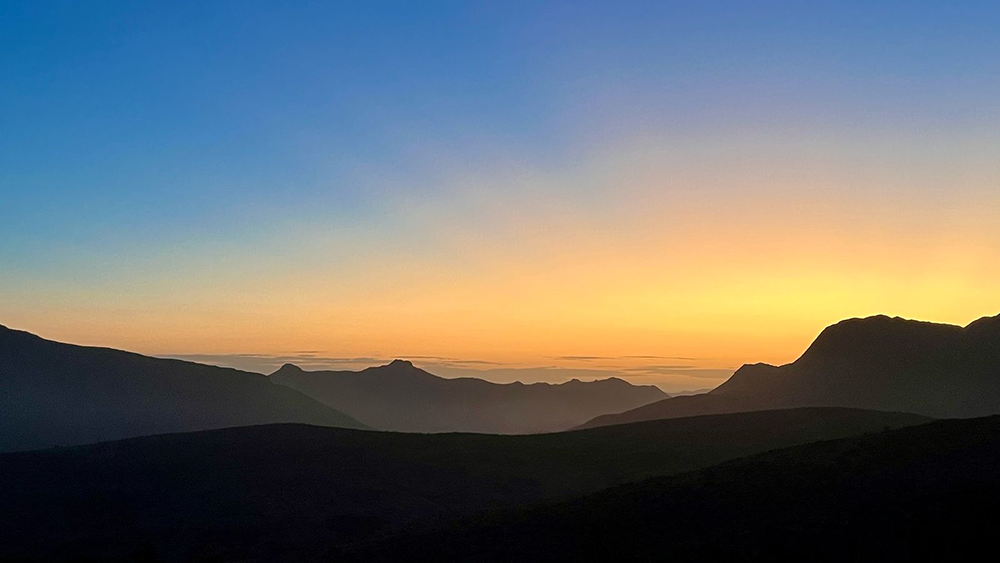
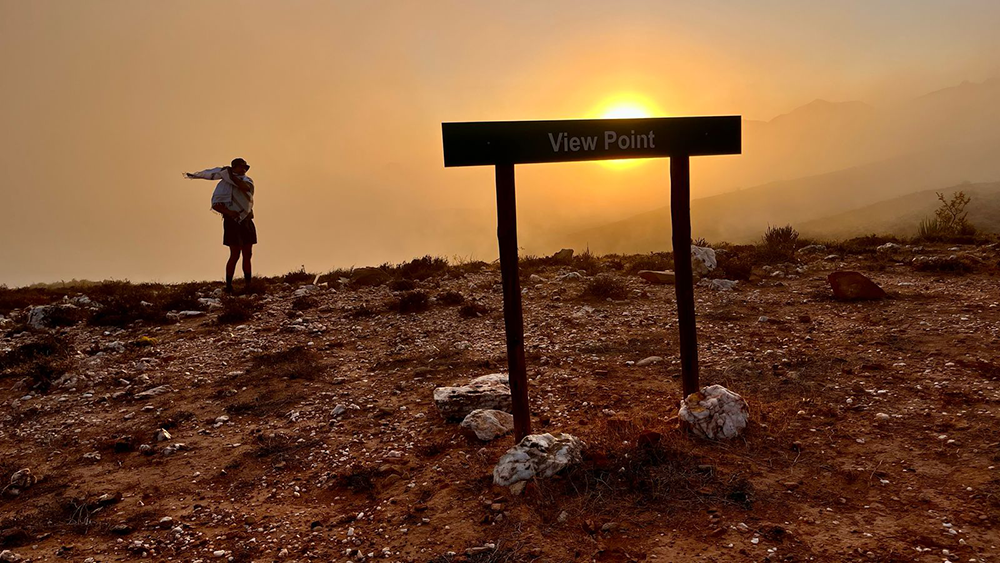
Short documentary: Vet vannie land
What is a tall, lean man doing with a ladder on a remote hill in the Richtersveld, with only a lone baboon as a “supervisor”?
Well, if the man’s name is Pieter van Wyk, there’s a very good reason. This brilliant botanist is determined to protect South Africa’s unique ecosystem, even from poachers who plunder endemic succulents for the international market. CNN called him the “plant shepherd” with good reason.
Producer Danielle McDonald shares more:
Where did the idea come from to make a documentary about succulents and their survival?
This story has been crossing my path for the past five years. My husband Konrad Raubenheimer and I, who co-produced the documentary, created a YouTube series in 2020 about South Africa’s UNESCO World Heritage Sites.
That’s how we met a ranger who worked with Pieter at the Richtersveld Transfrontier Park, and she was the first to tell us about their struggle with succulent poaching. A year or two later, we returned to the Northern Cape and interviewed someone about the subject. That’s when it truly dawned on us that this was a big and important story.
Pieter sounds like a true man from the Kalahari. Did he grow up in or near the Richtersveld?
Pieter is from Alexander Bay – literally in the Richtersveld. We filmed him talking about his childhood so many times, and I wish we could have included more footage of it in the documentary. Like how he started collecting plants when he was just six years old. His passion for taxonomy began already in school. He also learned Nama from a nomadic shepherd …
Today he collaborates with various universities and has a string of academic and international accolades to his name.
It looks like Pieter has different succulents tattooed on his back and body. Why those specific species?
The succulents on his back are vygies. Pieter believes there is a hidden geometry in nature, even though we often fail to see it. But it exists all around us. To him, vygies are the most beautiful example of this, because they’re perfect – each little fruit in every species is geometrically flawless. He got these tattoos as a reminder that there is something bigger than ourselves in nature.
He also plans to get a tattoo for every species he discovers. So far, there’s only one, and it’s the one he also gave its scientific name. But in Pieter’s own words, “The canvas is still big!”
One of his new tattoos, received during filming, was in honour of the International Freedom for Nature Award, which he received for his outstanding efforts to protect succulents. Pieter was one of only three people to receive this prestigious award in 2023.
Succulents are being sold online for thousands of dollars. Do you think this problem can be solved?
A lot needs to happen to make a real impact. People need to be made aware that their black-market plants are destroying a region’s ecology. Awareness – especially in countries where these plants are trending – is absolutely essential. The more people realise that buying black-market plants contributes to ecosystem collapse, the better our chances are to fight this. The major hurdle, however, is legislation. In many countries, it’s not even illegal to trade in poached succulents.
What drives this poaching?
Poaching has been happening for decades, but COVID-19 had a massive effect on how it’s done in South Africa. Before 2019, people from around the world came to poach themselves – but the market was smaller and drew less attention. During lockdown, demand exploded. The poaching had to – and could – be outsourced to local people. And because the Northern Cape has such a severe unemployment crisis, it wasn’t hard for syndicates to recruit locals to do the poaching for them.
Pieter seems like a lone voice crying in a wilderness where succulent poaching reigns supreme.
Do you think Vet vannie land can help raise broader awareness?
I really hope so. I also hope it encourages people to do more research into poaching. And to donate to organisations like BOTSOC (the Botanical Society of South Africa), which can genuinely make a difference. What would be great is if someone could help bring proper internet access to the Richtersveld so Pieter’s nursery can go online.
There are so many things that can be done. The right people just need to see this film and take action!
Before tackling this documentary – were you aware of the multimillion-dollar illicit plant trade, or did that come as a shock?
I knew about it because we’d been following the story for so long, but I don’t think I really grasped just how much money changes hands.
There was a bigger shock though: spending time in the field with someone like Pieter opens your eyes to the damage. And seeing how much he cares – how he’s devoted his life to fighting this plundering – you can’t help but care too.
The worst moment for me was when we went looking for a specific conophytum species in the veld, and when we got there, it had already been poached. That realisation that the little plant will never grow there again was a heartbreaking moment for the whole crew.
